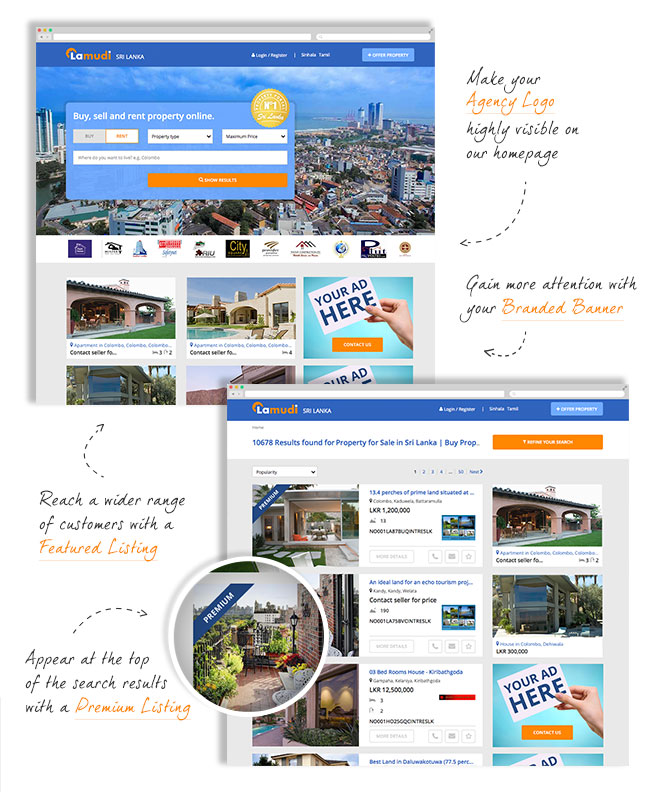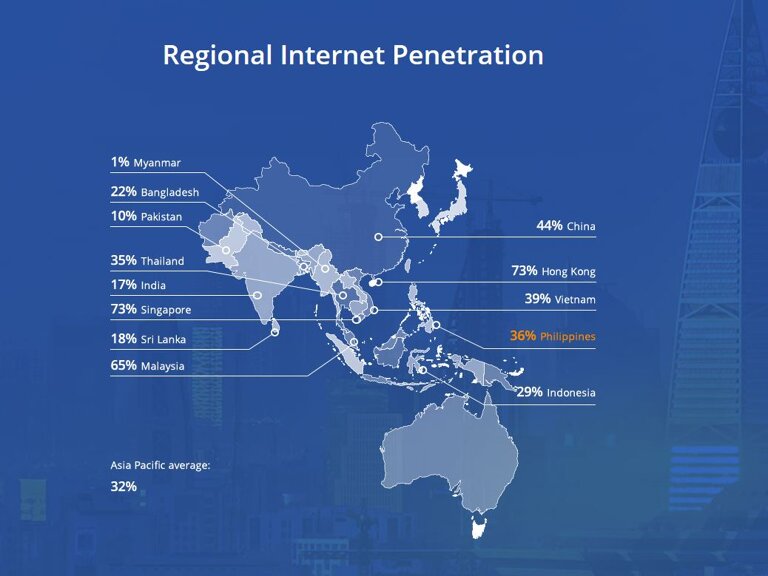It goes without saying that the Philippines’ mobile Internet landscape is fast evolving. Smartphone penetration, although relatively low at 15 percent, has been growing over the last couple of years. It is expected to leap to 50 percent in 2015.
Filipinos do not leave home without their smartphones. We book taxis, check road traffic conditions, and purchase gadgets and shoes using our smartphones. Mobile apps even proved very useful when Typhoon Haiyan (Yolanda) struck the Visayas Region in late 2013, mobilizing an army of volunteers and a massive relief drive.
Indeed, smartphones have become the place where Filipinos research everything, including real estate. This presents a huge opportunity for the industry.
With these developments, Lamudi has compiled a list of smartphone trends that could stand to change Filipino real estate in 2015.
1. Half of Smartphone Users Have Spending Power
Research conducted by mobile market research firm On Device Research found that 44 percent of all mobile Internet users in the Philippines are between 25 and 44 years. This age bracket is when people have stable incomes, start to think about settling down, and are strongly considering purchasing a property for their families.
This is a huge opportunity for the real estate industry. Not only are these people determined to finally own a home, more and more of them are starting their research on their smartphones, making mobile presence a must for any real estate player.
2. Almost Half Are Women
The same research found that 44 percent of Filipino smartphone users are female, higher than Southeast Asia’s average of 37 percent. Research conducted by Lamudi earlier this year found that women in emerging countries, including the Philippines, are driving the house-hunting process. Mobile advertising targeted at female home-buyers may make or break a successful real estate marketing campaign.
3. Filipinos Are on Their Smartphones Longer
Forty percent of all Filipino smartphone users spend more than five hours per day on their phone, according to On Device Research. This is approximately 30 percent of our waking hours.
This means people sitting in a restaurant or waiting at the supermarket checkout are highly likely to be browsing for properties using their smartphones. Hence, targeting these potential buyers at the Zero Moment—the precise moment when they have a need, an intent, or a question they want answered—will be crucial for the industry.
4. Filipinos Spend More Time on Social Media
The Philippines is the social media capital of the world. Filipinos spend four hours per day on social media, and a whopping 94 percent of Filipino Internet users have Facebook accounts. Compared this to 54 percent in the United States, the birthplace of Facebook. Therefore, marketing through Facebook (or any social networking site for that matter) will effectively complement any offline campaign.
5. Apps Are Extremely Popular
Thirty-two percent of Filipino smartphone users download six or more apps per month, and 45 percent of these people have shelled out some money for these app installs or made purchases using any of these apps.
But what’s more noteworthy is the popularity of mobile messaging apps. Eighty-two percent of mobile users have Facebook Messenger app, 27 percent use Viber, and 27 percent have Skype. The latter two offer free international calls, which Filipinos utilize fully to call immediate family members working abroad. Since up to a third of OFW remittance to the Philippines is spent on real estate, there is a huge opportunity for the industry to target OFW families looking into buying their first home.
For more information, please visit http://www.lamudi.com.ph. You can also follow them on Facebook, Twitter, Google+ and LinkedIn.







